
Experiential, immersive and interactive artworks, augmented reality...Artworks that spoke to you at the 10th edition of the India Art Fair
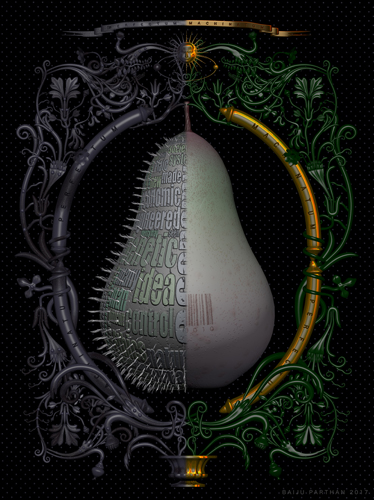
Sixty one-year-old Mumbai-based Baiju Parthan uses the pear as the leitmotif of his lenticular prints to comment on the hybrid offerings of the supermarket. Parthan, who has studied fine arts, comparative mythology and philosophy, and has a longstanding interest in computers, was introduced to this genre back in the mid-1990s when he worked as an illustrator. Parthan now creates his own 3D software from open source options such as Blender and Gimp, and shoots each scene as a series of frames spanning 20° to combine photographs and 3D graphics. So, historic monuments fuse with 3D airplanes that appear and disappear, depending on the viewing angle. On display too at this IAF edition was a lenticular print by 89-year-old Israeli sculptor and experimental artist Yaacov Agam. Named Agamograph, after himself, it was fashioned of contrasting visuals of multicolour geometric patterns. Agam has contributed immensely to kinetic art, using light and sound effects which give ample opportunities to viewers to participate in his work. The Agam Museum, dedicated to the works of this maverick artist, opened in November last year in Rishon Lezion.
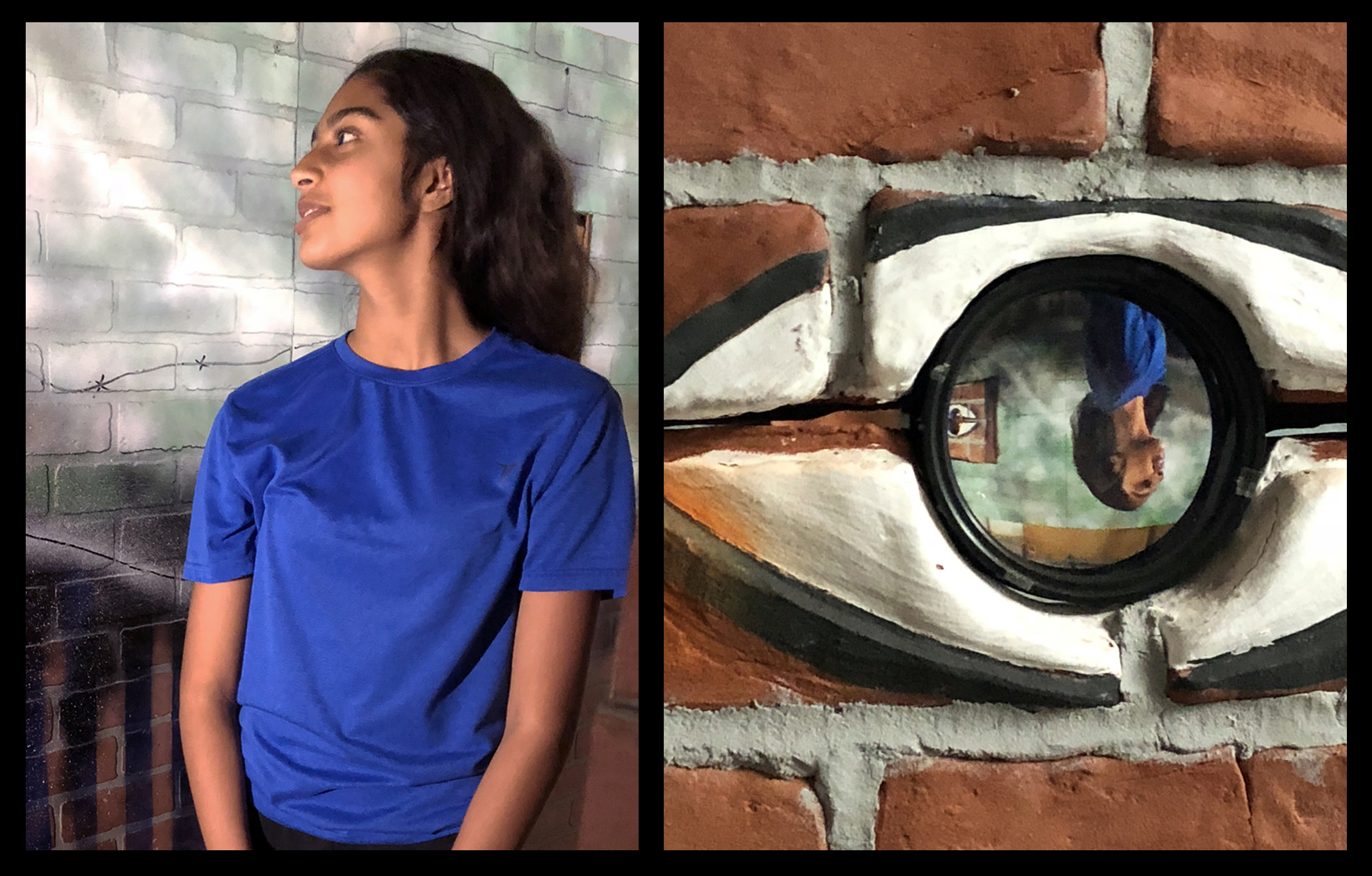
Sharbani Das Gupta's immersive art experiments with ceramics
Can ceramics, a beautiful but brittle medium that has traditionally been associated with design, be made a part of the new media arts? Mexico-based Indian-origin artist Sharbani Das Gupta has done so with artworks that she will be presenting at 'Breaking Ground', the first Indian Ceramics Triennale to be held in Jaipur this August. Das Gupta, a ceramist and visual artist, creates two bodies of abstract forms: one, inspired by nature and its quiet beauty, and the other, comments on the degradation human values and environment. At a 2013 artist residency in China, Das Gupta first noticed how both the cultures were curious, but cautious and watchful of the other. "So I toyed with the idea of creating a lace-like curtain of porcelain eyes that both reveal and obscure." A sculpture on the same theme but presented differently, materialised at an artist residency in Israel three years later. "It played with imaginary topographies that would alter depending on the lens through which one viewed the piece." Das Gupta lives in north Mexico, within 100 miles of the border, where authorities frequently stop citizens to check their IDs.
She is tired of encountering such 'walls' and her work, titled 'I See You See Me', for the Trieannle will reflect this angst at being constantly scrutinized. The work will have tagged brick walls with inverted graffiti and painted 'eyes' into which are embedded - like pupils - lens taken from obsolete projection televisions. Whatever one views through them, will be seen clearly, but upside down. "I want to create a sense of disorientation and explore this distortion of perception," says Das Gupta, looking at this construction as a reflection of the near ubiquitous presence of CCTV cameras and the infiltration of social media.
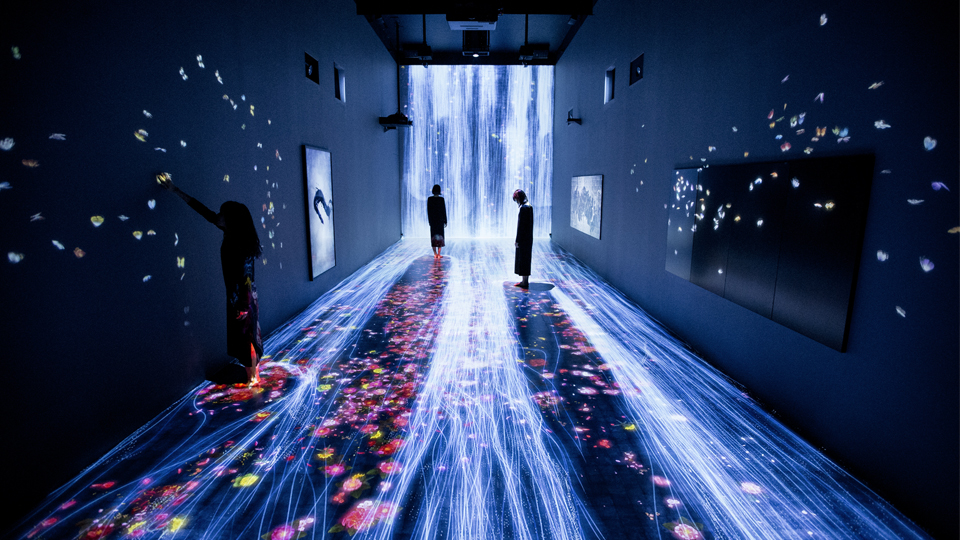
Tokyo-based teamLab, an interdisciplinary artists collective, put up eight installations at London's Pace Art Gallery where viewers could
walk into waterfalls, in the process creating islands of flowers in full bloom
TeamLab, a Japanese interdisciplinary artists collective of professionals working in the areas of animation, sound, performance, Internet, fashion, design and science, is known internationally for creating surreal spatial experiences. Last year, it activated the five million square feet Mifuneyama Rakuen garden of azaleas and koi ponds like the Na'vi-inhabited Pandora using multiple sound effects, lights and psychedelic projections - all set off by motion sensors. In 2016, it gave Tokyo its largest immersive digital art exhibition, with a 3,000 square metre space covered in larger-than-life imaginary topographies. One space had a 'crystal' universe with shimmery interactive screens as floors and walls; each artwork was designed on elements of nature that gave out distinct aromas amidst kaleidoscopic light patterns. At the Pace London gallery, viewers could walk into a waterfall, leaving behind an island of flowers in full bloom, though the butterflies they'd touch would die...
Despite their phantasmagorical new media works installed at many corporate offices and luxury shopping malls worldwide, the collective encountered a largely unaware crowd at the India Art Fair debut with artworks playing on four 65-inch screens. Moreover, priced at $60,000 each, it was expensive. Moreover, as many later discovered, that was only the price of the nature-themed non-interactive software – they'd have to pay extra for the ultra high definition screen and computer. A few in the audience were also uncomfortable with the artwork consuming electricity, the use of computers, and that it was very far removed from the traditional perception of art. However, Ikkan Sanada, their art business advisor, was not concerned. "We received many enquiries from private collectors, corporate offices and a museum for a possible large-scale museum exhibition."
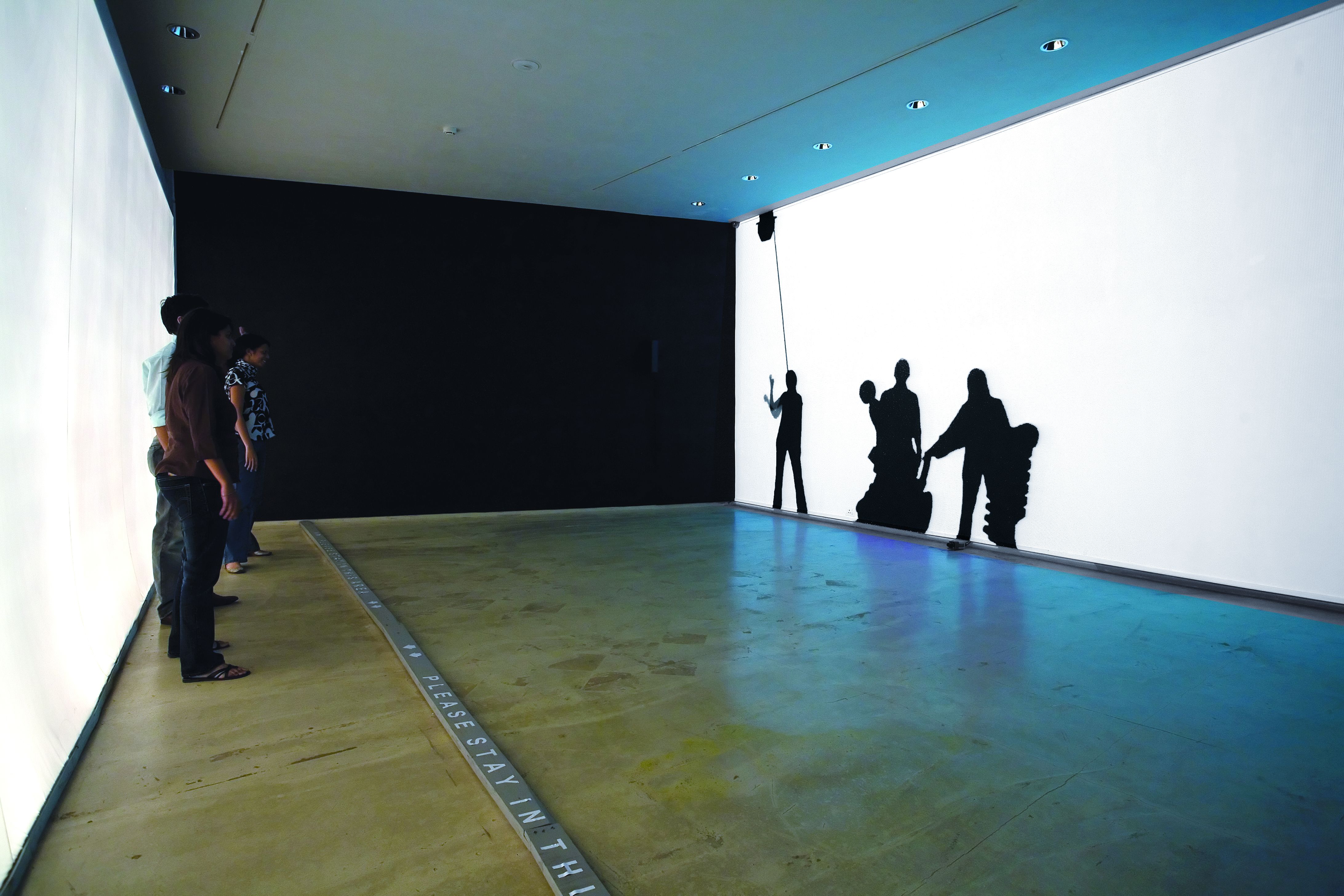
Shilpa Gupta's 'Shadow 3' (2007)
Contemporary artist Shilpa Gupta's 'Shadow 3' (2007) at IAF had objects like a map of Kashmir, a child and woman with amputated limbs among other symbols of war that 'fall' on the simulated shadow of the viewer in the live interactive video projection. Shadow 3, Gupta says, draws from multiple references, including the 2007 Copenhagen Climate Change conference. "It is also about visibility and invisibility, about the way the human mind functions. Ten percent of our actions come from conscious decisions and the rest from the unconscious," says the Mumbai-based artist, who works with new media, found objects, performance, web-installations and non-digital interactive art to put forth her point on borders, terrorism, consumerism, religion, borders and identity. Previous editions, Shadow 1&2 in 2006, echoed a similar social commentary.
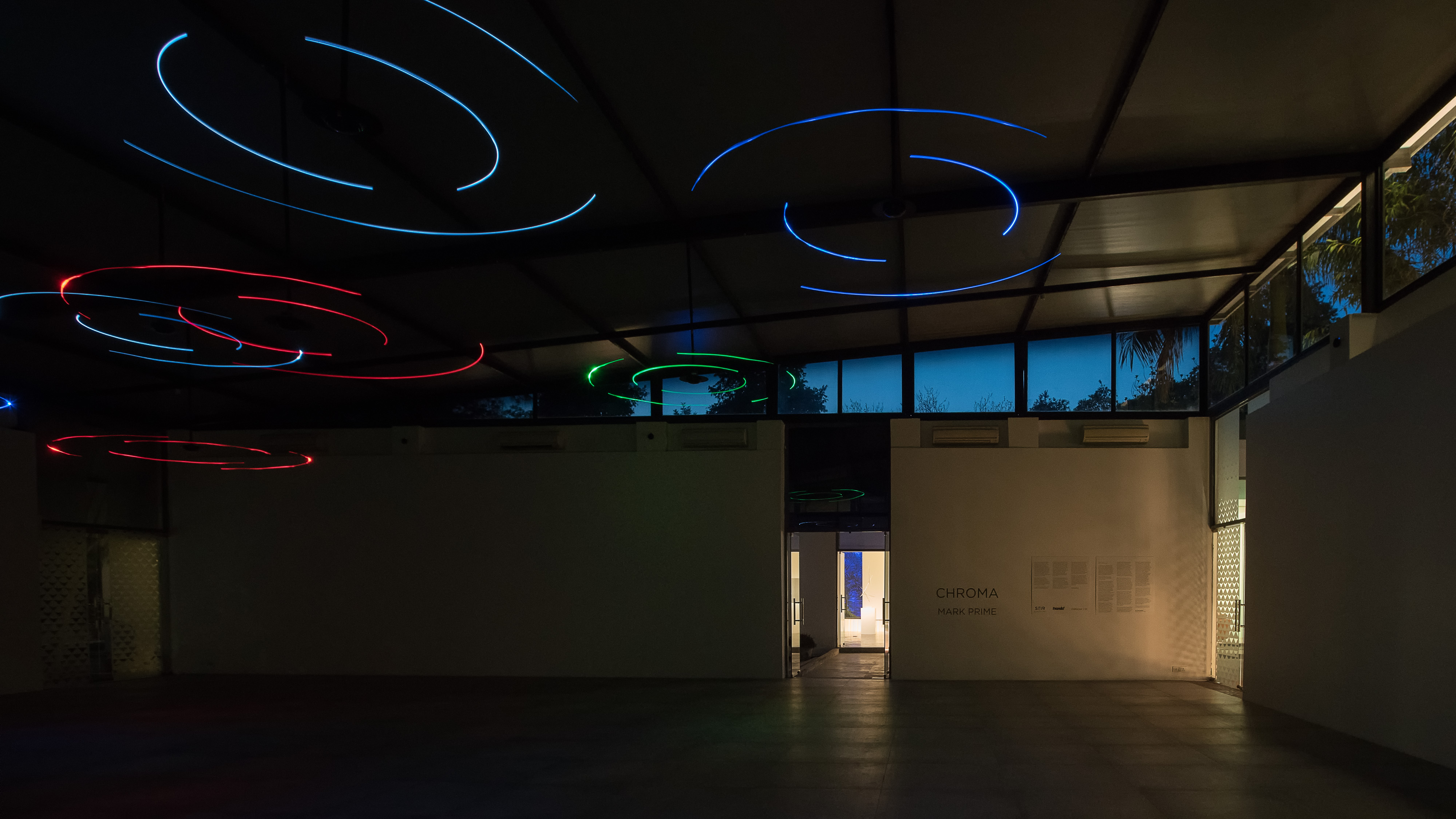
Mark Prime's 'Chroma' — Photo by Shovan Gandhi
Contemporary artist Mark Prime loves using light in rhythm, repetition and synchronised patterns, in conjunction with sound and colour. This is evident in his latest work, Chroma in partnership with musician and sound artist, Matthew Devenish. The duo explored chromesthesia: a condition where the person automatically thinks of a colour on hearing a sound, in a large room where sound and colour frequencies create their own dance on a double-height ceiling. Here, eight colour armatures were attached to fan motors. Each colour was assigned a note such that multiple sounds and their corresponding coloured lights swirled on and on to create a kaleidoscopic, phantasmagorical vision. "The ability of colour and sound to change our perceptions and environment is a concept I love to experiment with. It's forever evolving and mysterious..." says Prime.